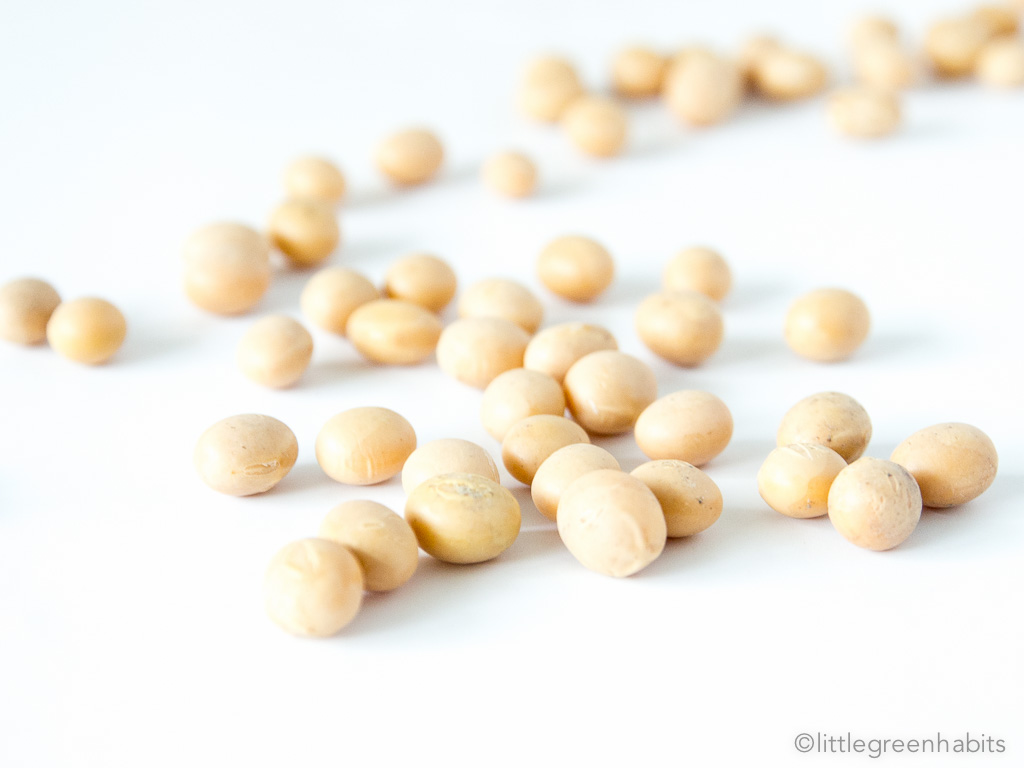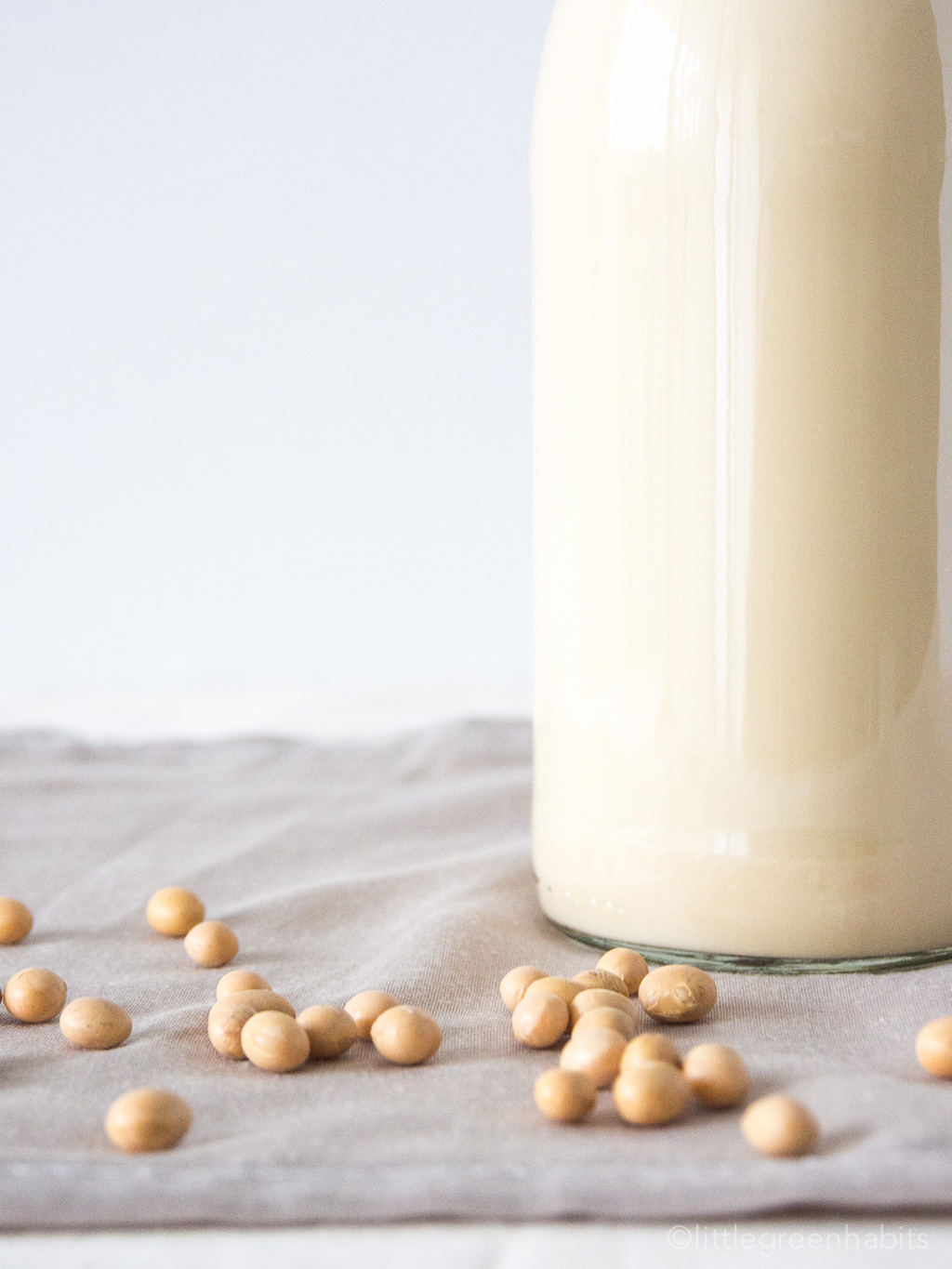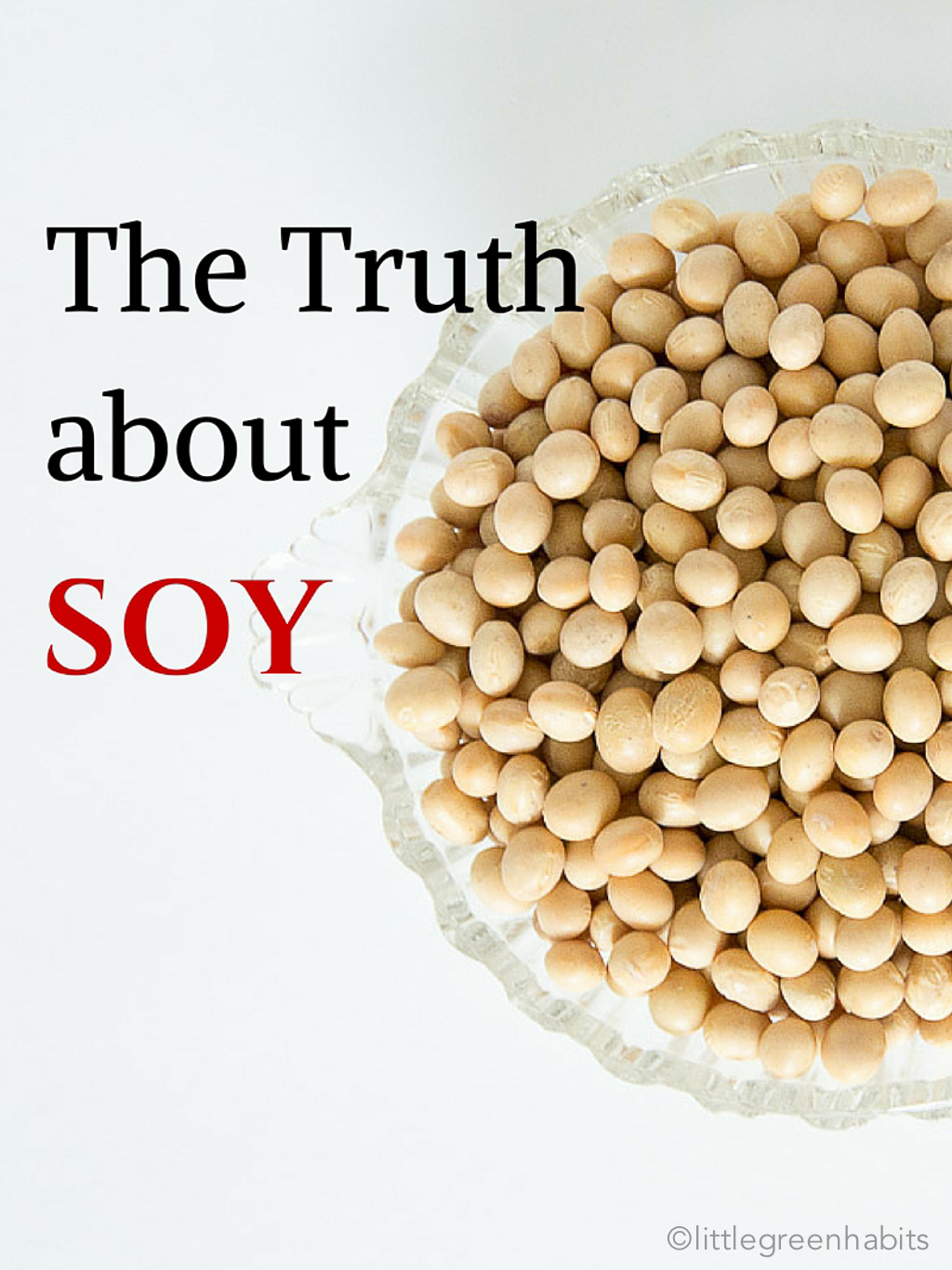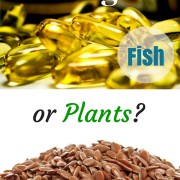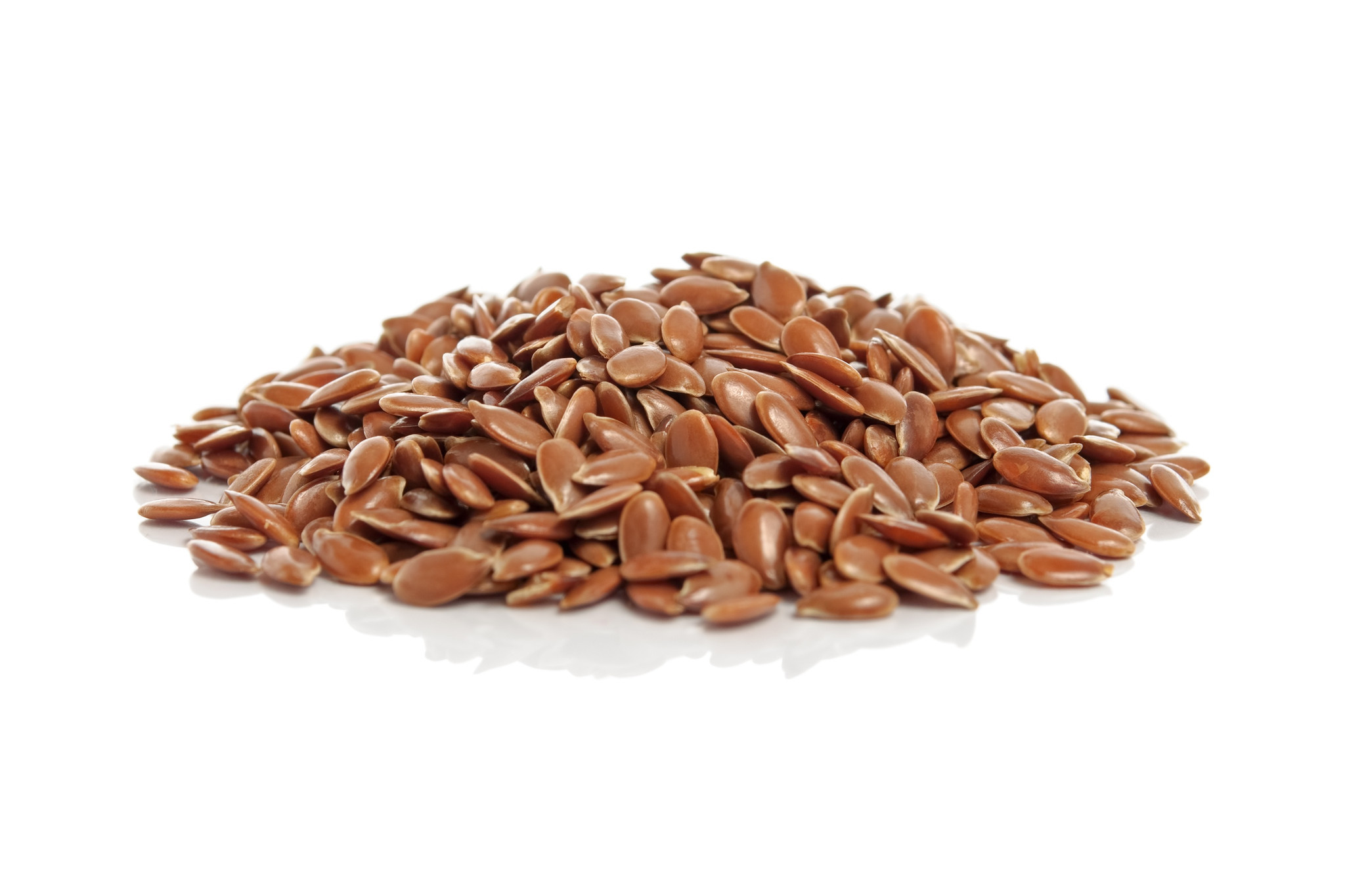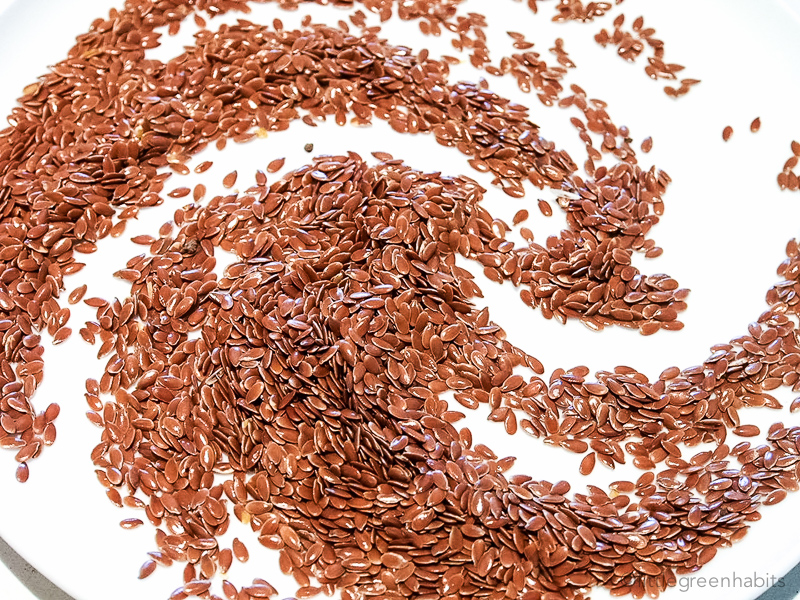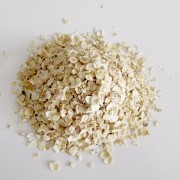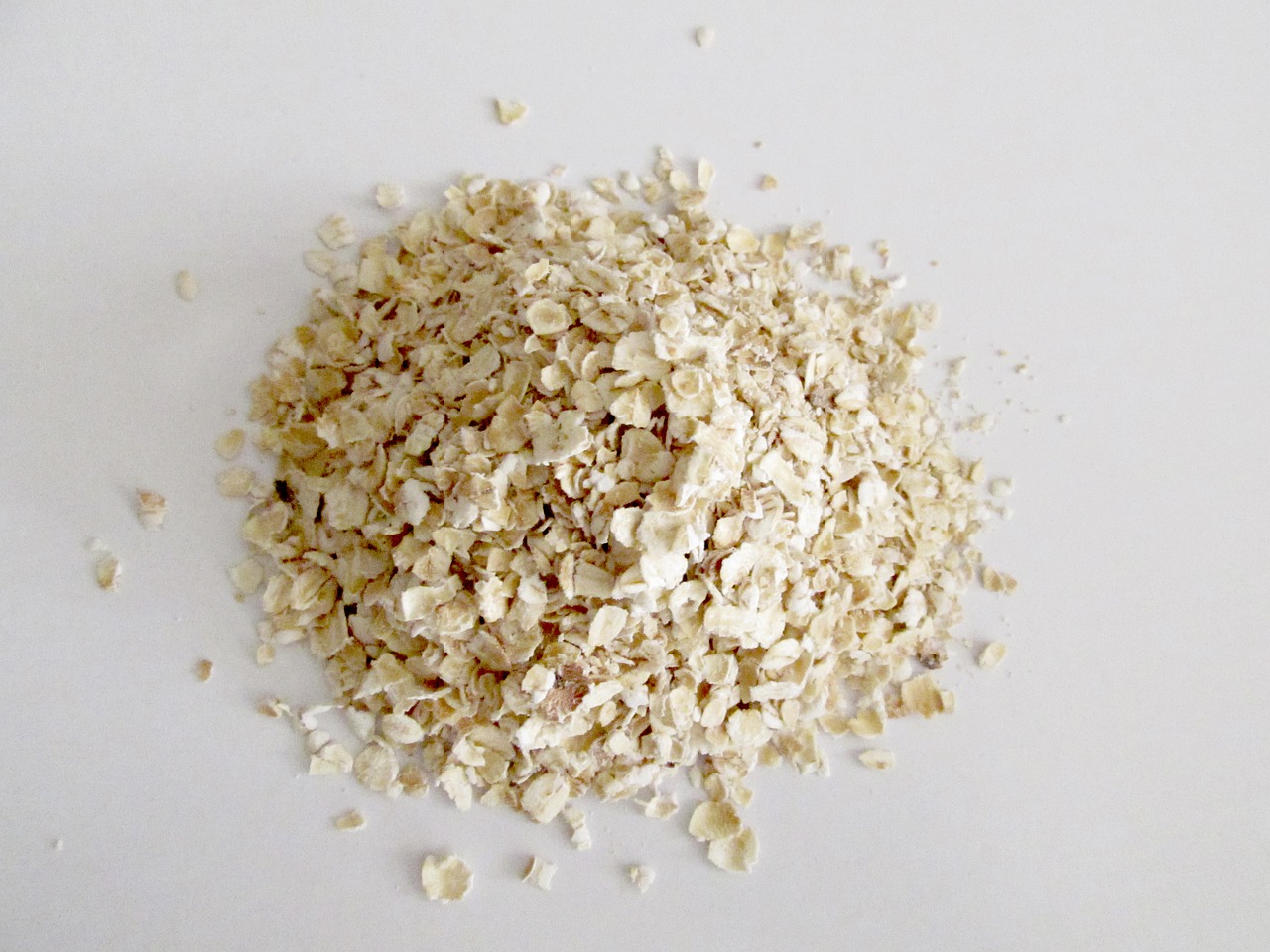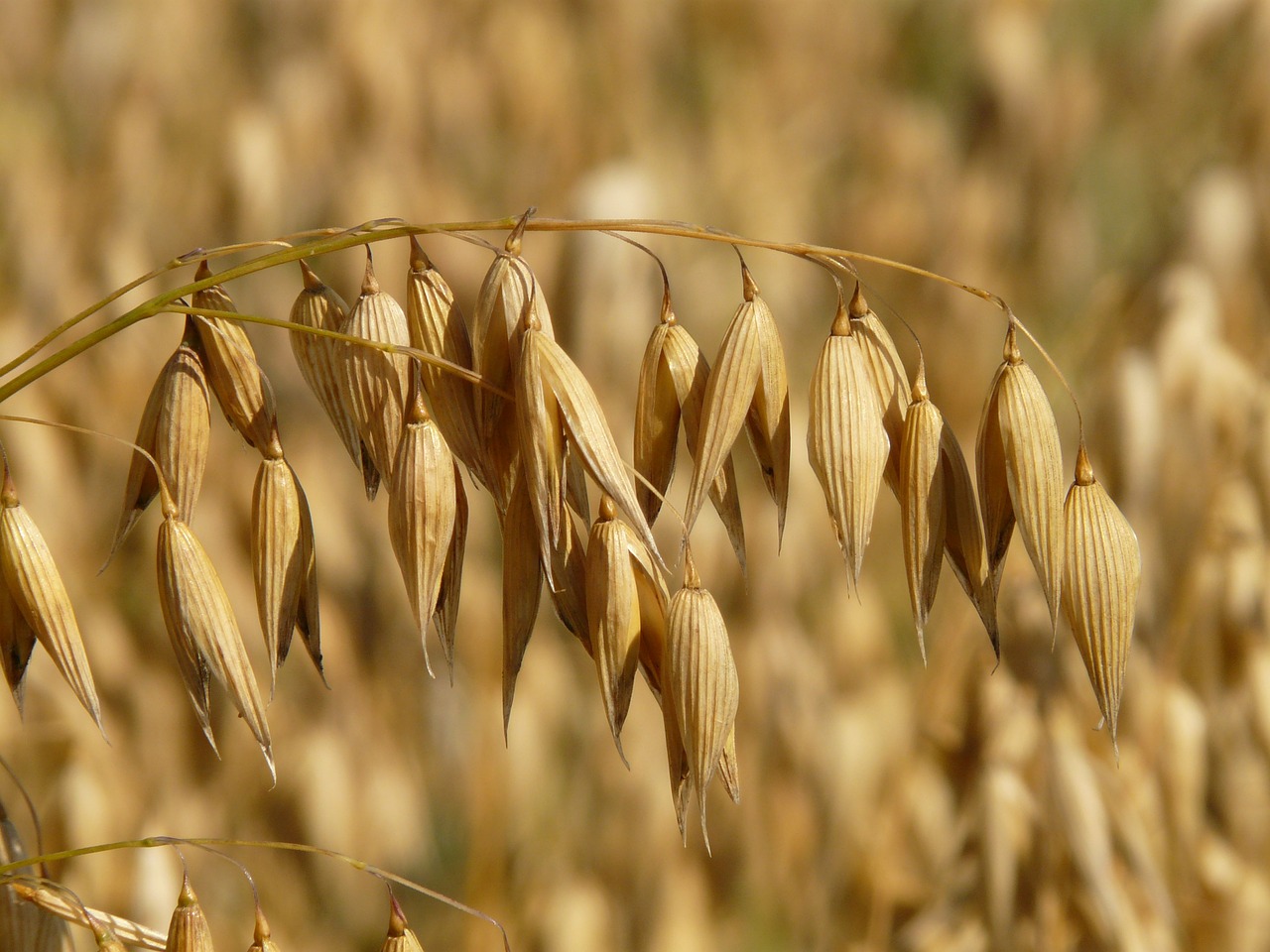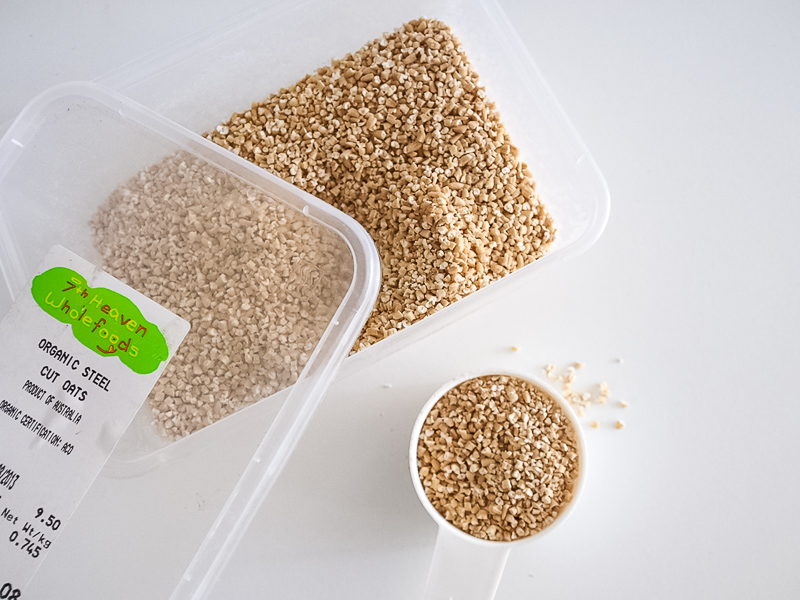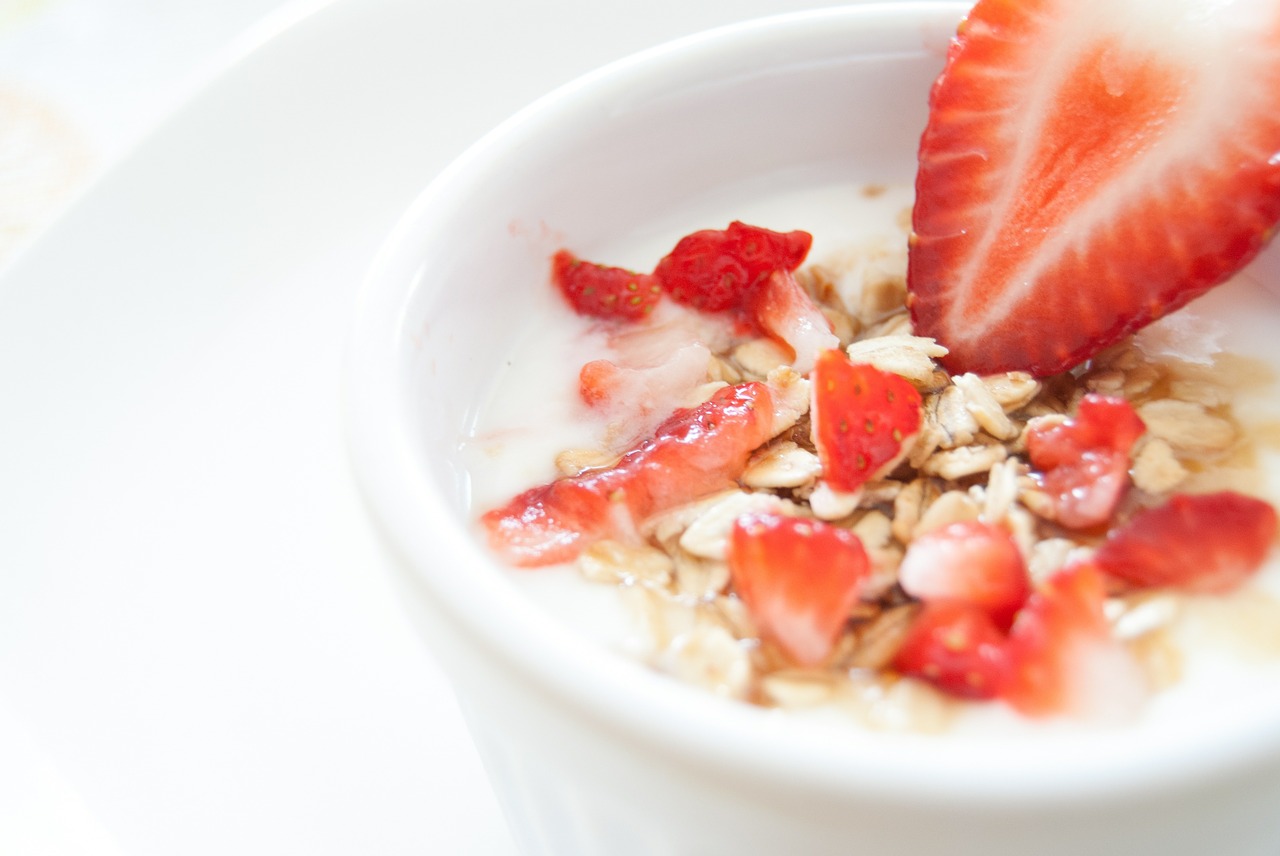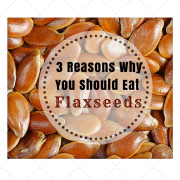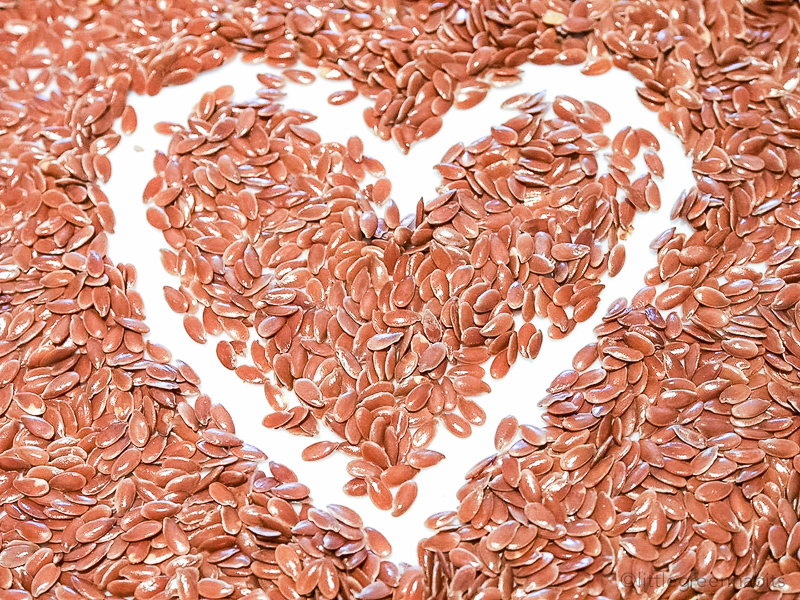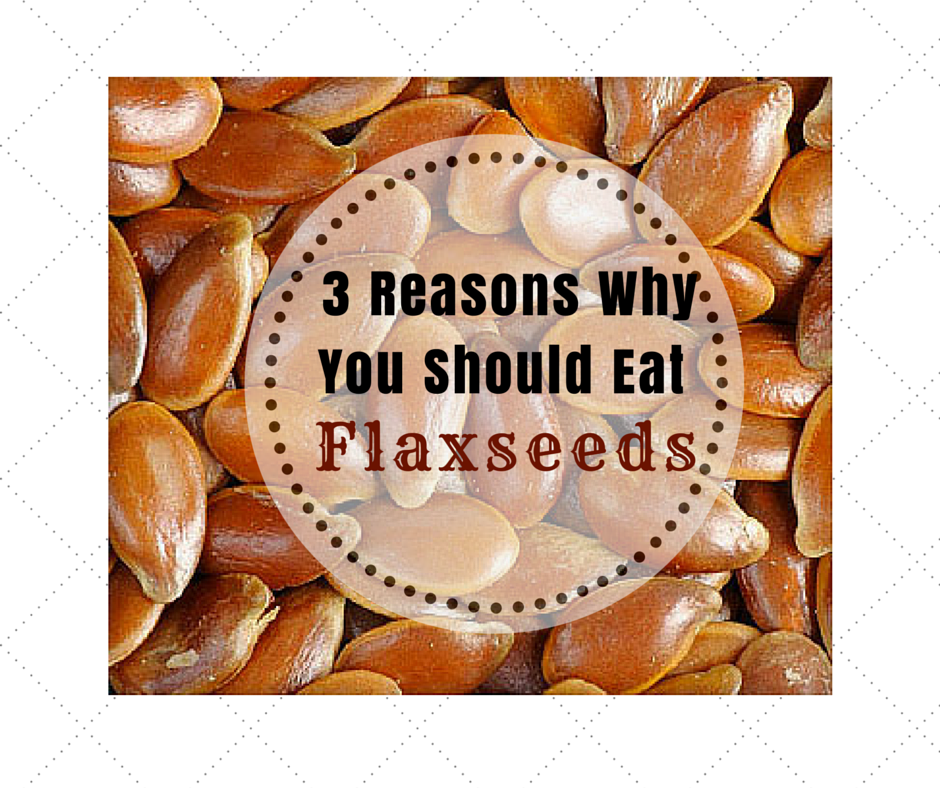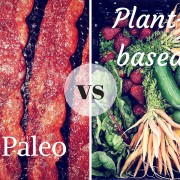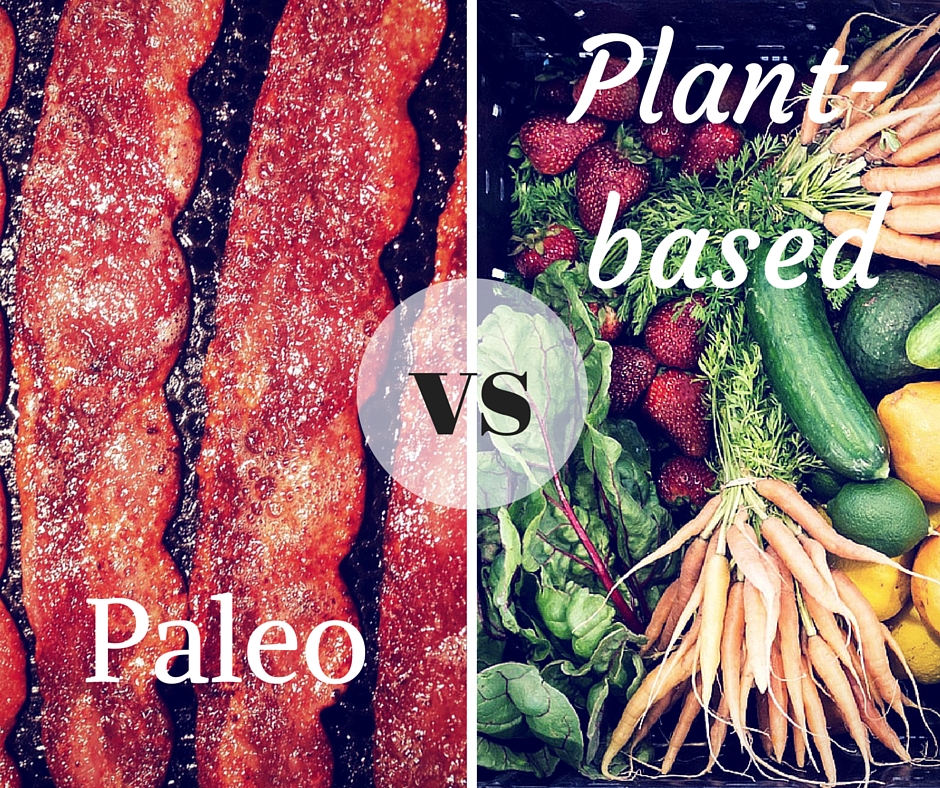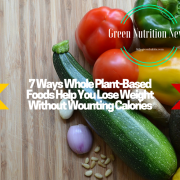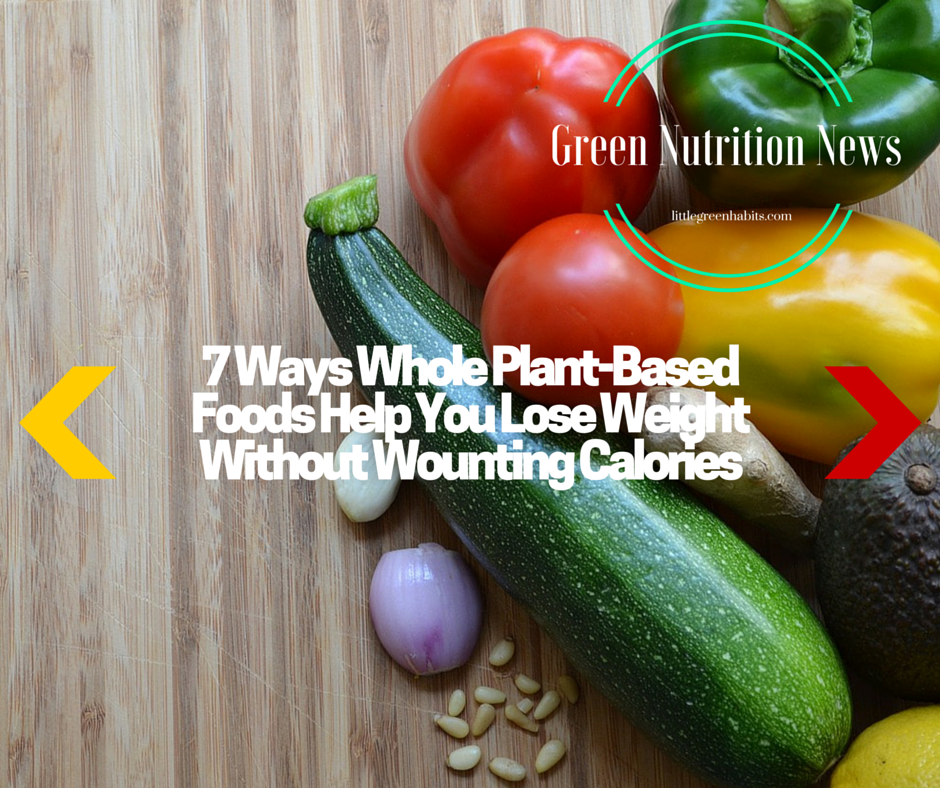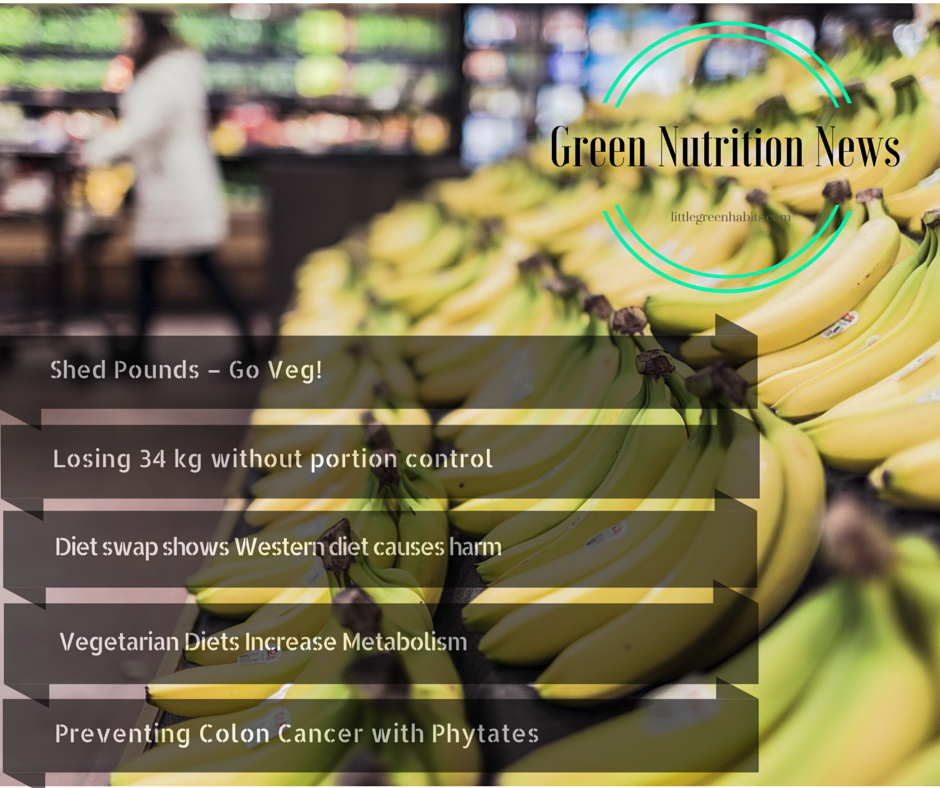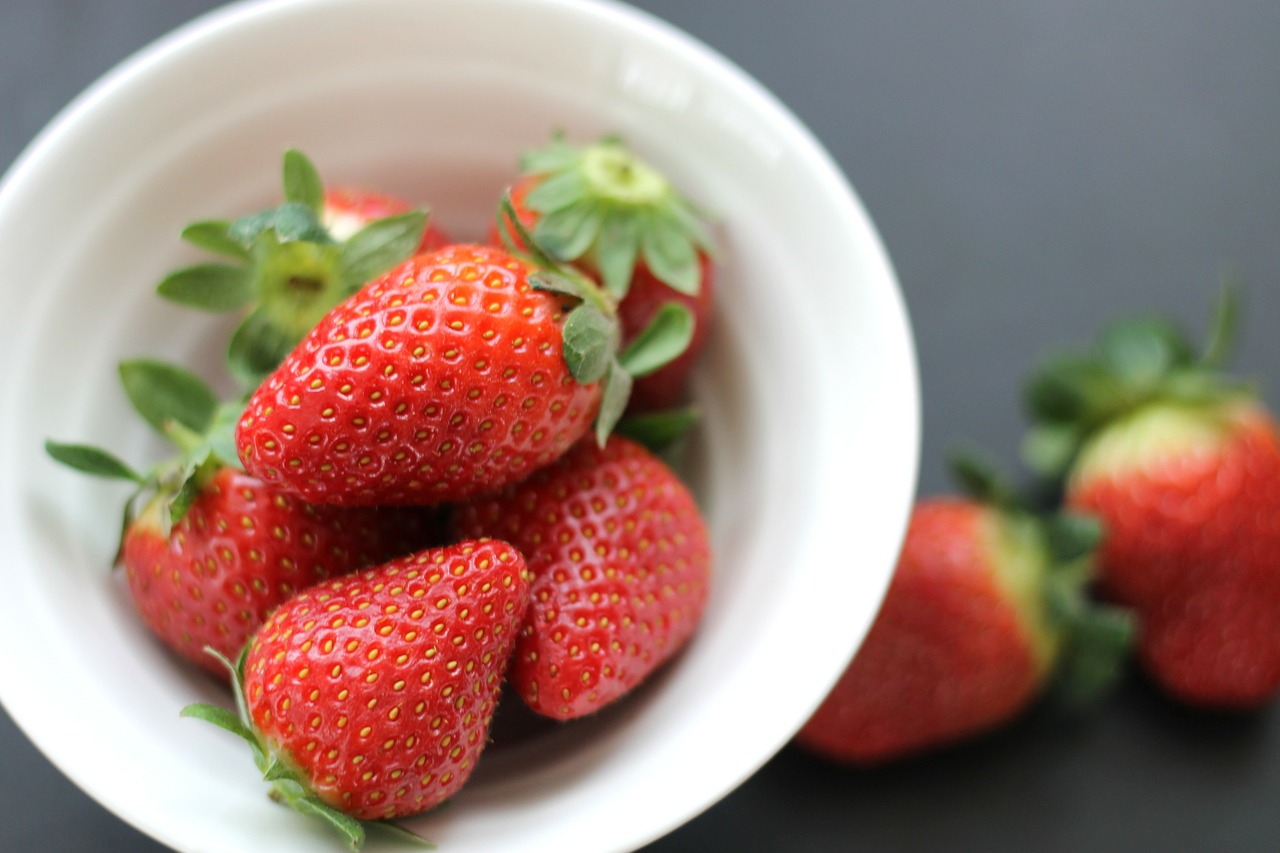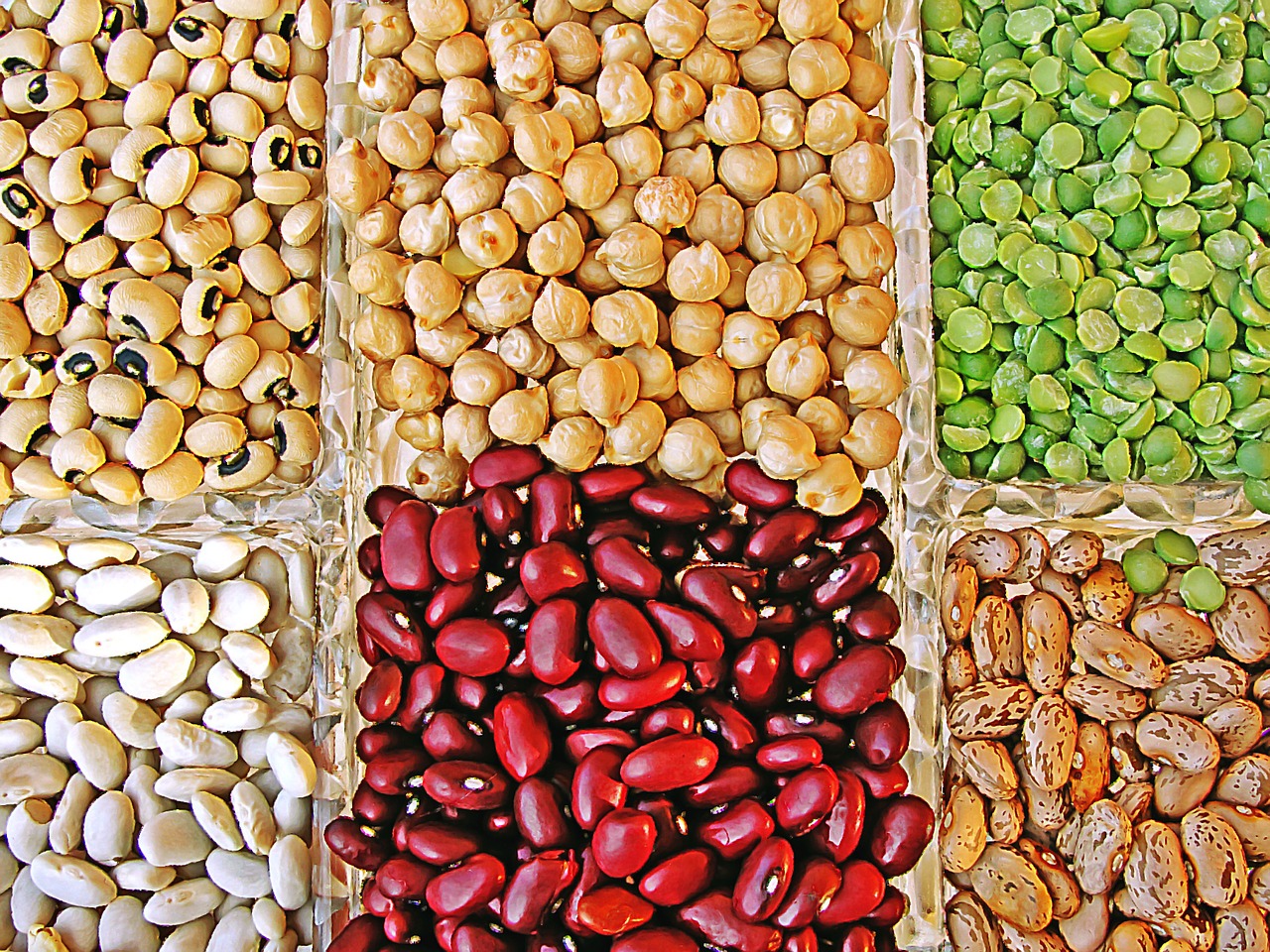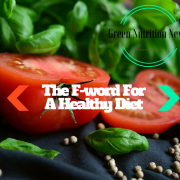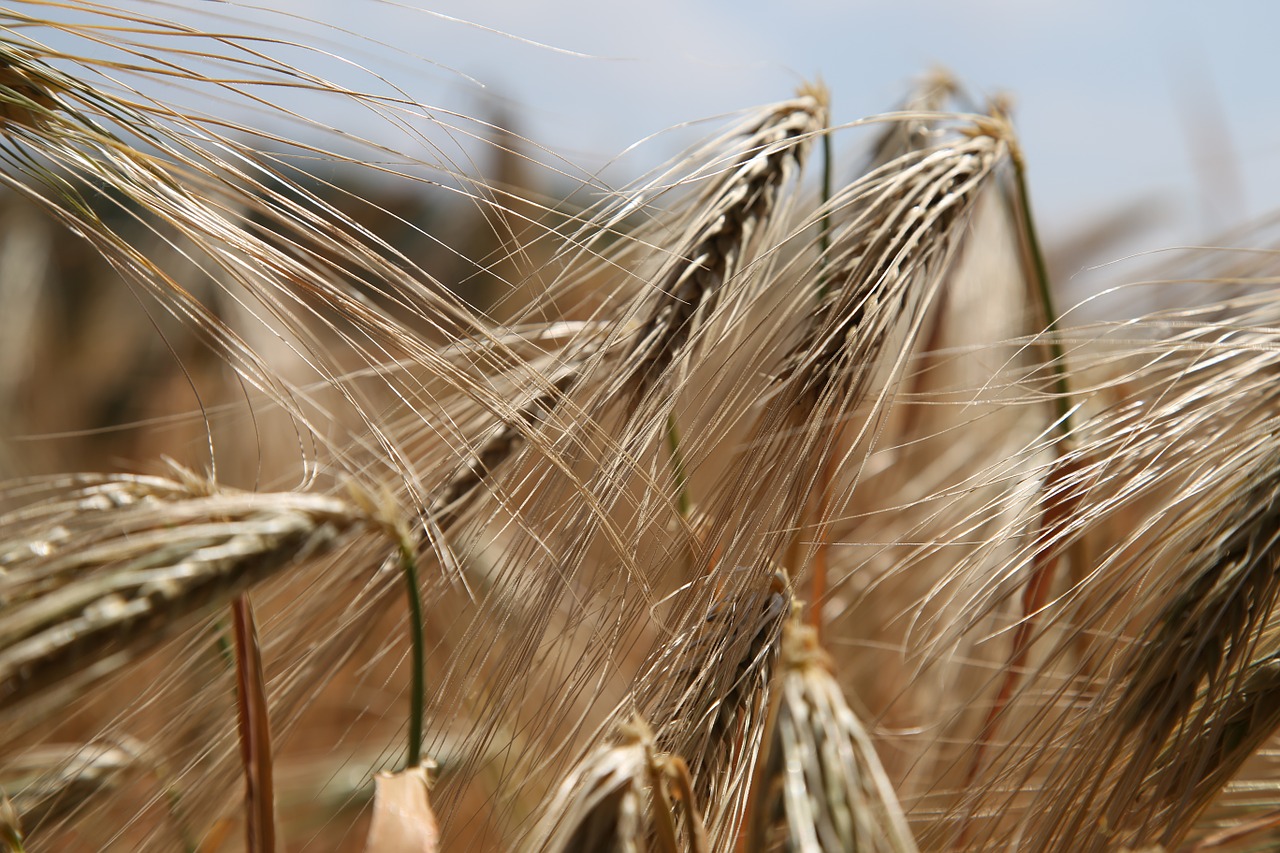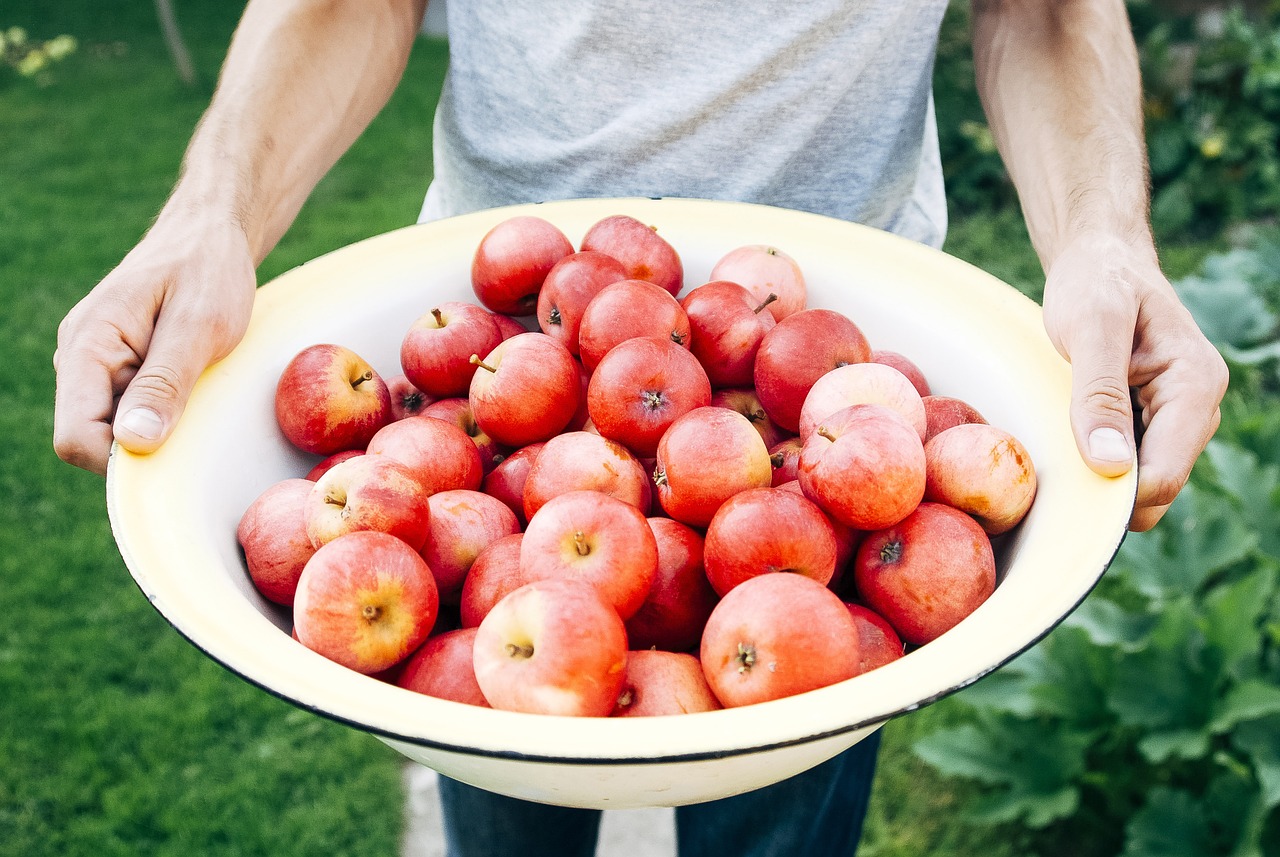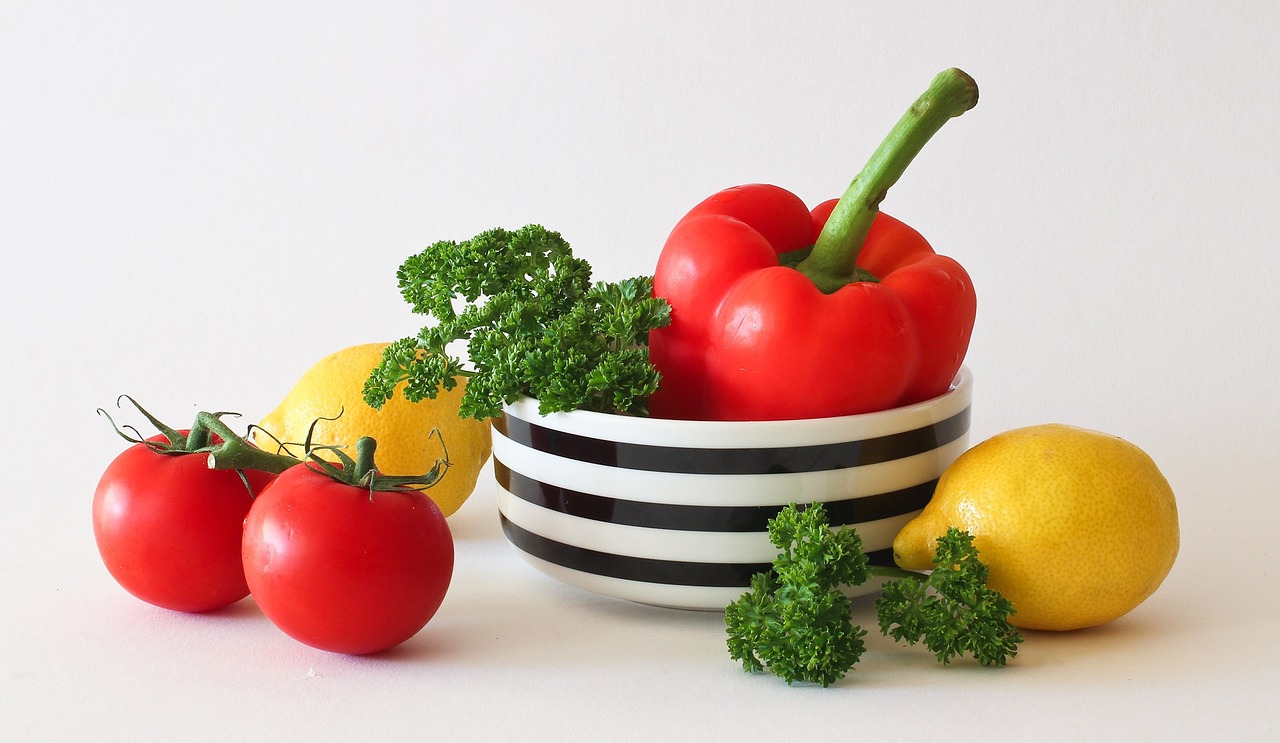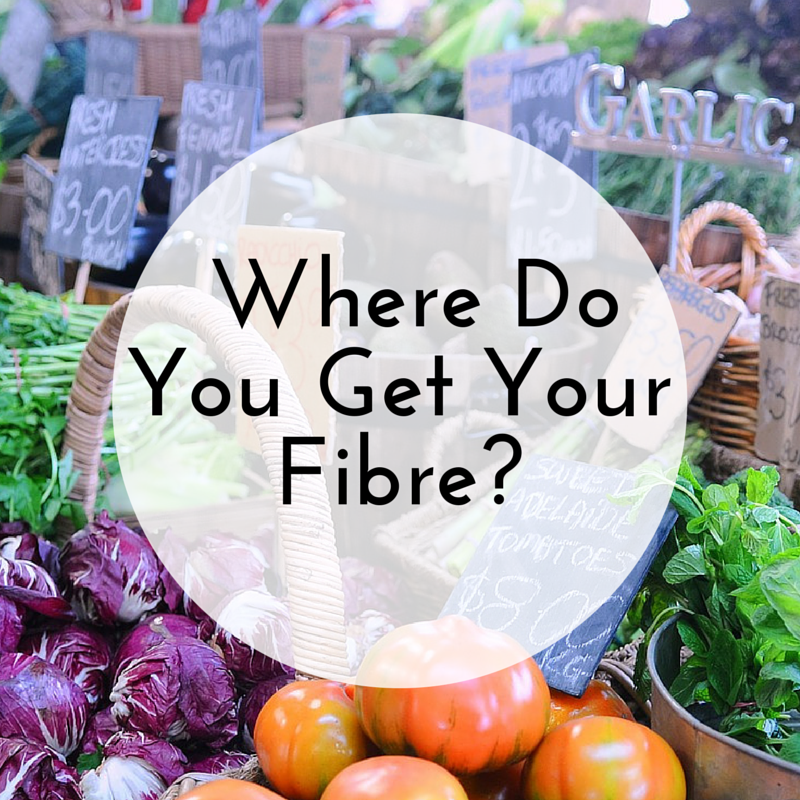3 Reasons Why You Need to Ditch Low-Carb Diets
The great ‘low-carb’ con
Low-carb fad diets such as Atkins and Paleo have gained a lot of attention (and sales) from the general public, hungry for solutions to our ever-growing obesity problem. The basic premise is essentially the same – cut right down on carbohydrate foods such as bread, potatoes and pasta, and focus mainly on animal protein and fat, with some vegetables thrown in.
The idea with these diets seems to be that if you fill up on protein-rich foods such as eggs and meat, you won’t crave the foods such as bread, pastries and sweets that supposedly make you fat.
Certainly there are reports of some people losing weight on these diets, and then extolling their virtues. On the flip side, anything to do with grains, legumes and even soybean products have been demonized as causing weight gain, high cholesterol, and dietary intolerances (particularly gluten). This anti-grain anti-legume stance appears to me to be a vague attempt to revert back to a mystical, mythical past where he-men with spears and six-packs hunted down mastodons with Amazonian women applauding from the sidelines. The problem is, it’s all a giant con.
The fact that the vast majority of animals bred and killed for food are genetically mutated, artificially inseminated, and in many cases housed in filthy, cruel and unnatural factory farms (a relatively recent development), doesn’t seem to concern people who are happy to reject established grain crops that have been cultivated and consumed for many thousands of years (long before anyone had heard of an ‘obesity epidemic’).
Why you should ditch low-carb/high animal fat and protein diets
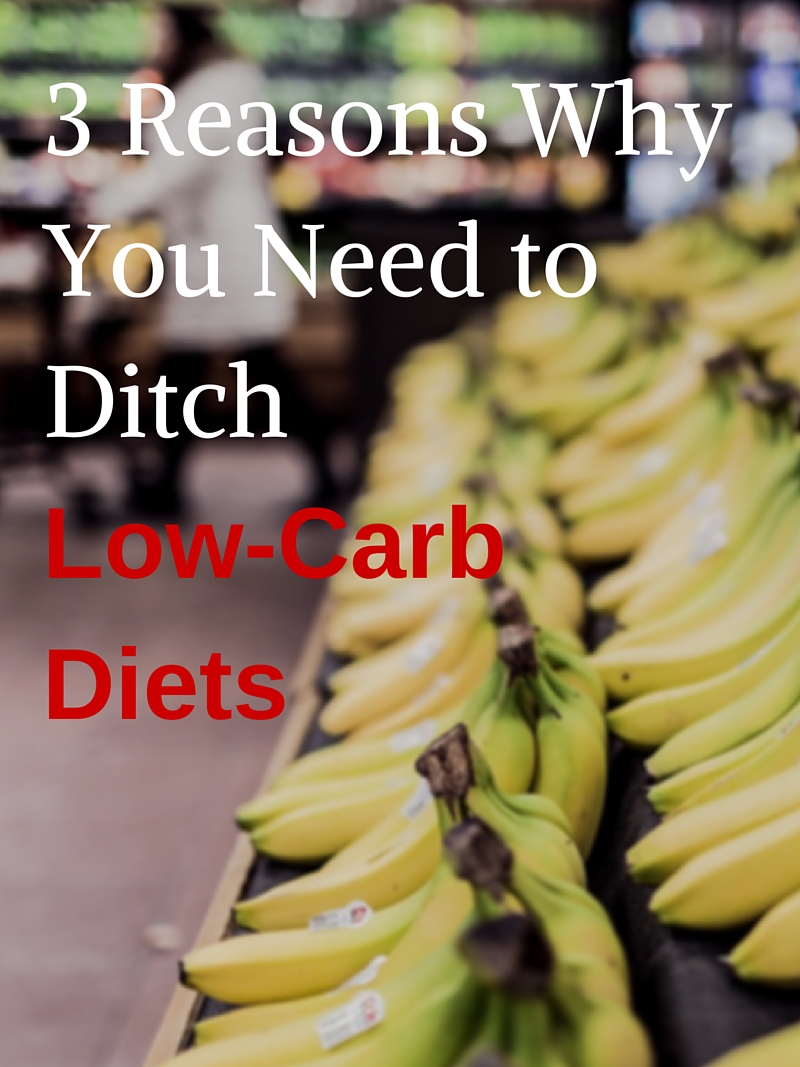
1. Eating too much meat and animal fat is bad for humans, period.
Excessive meat and egg consumption has been linked to a host of health problems, including some cancers, heart disease and high cholesterol. Although most people are omnivores, our teeth and digestive system are much closer to those of herbivorous animals. Too much meat in our system, along with not enough fibre, clogs up and causes a toxic reaction, which simply does not happen with true carnivores like cats or dogs, with their much shorter digestive tract and stronger stomach acid. Saturated fats and cholesterol from animal products further clog our arteries and lead to atherosclerosis, heart disease and stroke.
- For example, a study reported by ABC News in March 2014 showed that consumption of animal-based protein is linked to an increased risk of early death for people in their 50s and early 60s. The study, published in the journal Cell Metabolism, found that more than 6,000 American adults between the ages of 50 and 65 with diets high in animal protein were 74 percent more likely to meet an untimely end than those who consumed less animal protein or got their protein from non-animal sources. For deaths due to cancer, the risk was four times higher. Eating plant-based proteins like nuts and beans seemed to reverse the unhealthy trend.
According to Dr Joel Fuhrman, “Animal protein also elevates IGF-1, which is not only associated with cancer, but cardiovascular disease as well. High-protein, low-carbohydrate diets have now been linked to increased risk of cardiovascular disease and premature death.”
- A low-carbohydrate diet high in animal products is associated with an increased risk for dying. As reported by the American Heart Association, researchers analyzed the diets of 4,098 women and men who had previously had heart attacks. They found they were 33 percent more likely to die from any cause and 51 percent more likely to die from heart disease if following a low-carbohydrate diet high in animal sources of protein and fat, compared with those whose dietary patterns consisted of fewer low-carb, animal-based products. Source: PCRM
2. Avoiding fruit, vegetables, whole grains and legumes means that you are less able to prevent disease and premature death.
- A study presented at the European Society of Cardiology Congress and reported by the Physician’s Committee for Responsible Medicine, daily intake of fruit may decrease the risk of heart disease by as much as 40 percent. To quote from the PCRM News site, researchers followed 451,681 participants for seven years and found that in addition to reducing the risk of heart disease, daily fruit consumption reduced the risk of dying from heart disease and stroke by 27 percent and 40 percent, respectively, compared with less than daily fruit consumption.
- Another study published online in the European Journal of Nutrition found that reducing dietary fat while increasing carbohydrate intake is best for people with type 2 diabetes. Researchers followed the diets of 1,785 type 2 diabetes patients as part of the TOSCA.IT Study, and found that an increase from less than 45 percent to 60 percent or more in complex carbohydrate intake lowered all levels of triglycerides, LDL cholesterol, and HbA1c. They also found that increasing fibre and lowering added sugar intakes also had positive effects on cholesterol and blood sugar levels.
- A meta-analysis published in the American Journal of Cardiology and reported by PCRM found that adding whole grains to your diet may protect against our biggest killer, heart disease. Researchers summarized results from 18 studies that included 400,492 total participants, of which 14,427 had diagnosed coronary heart disease. The studies showed that people who ate the most whole grains experienced a lower risk for heart disease when compared to those who consumed the least.
3. High-carb diets are best for weight loss
- A diet high in unrefined carbohydrates is best for weight loss. Vegetables, whole fruits, beans, and whole grains provide a huge variety of tastes, textures, and natural fibre packed with life-sustaining nutrients. Studies show that reducing fat and eating whole plant foods is better for boosting your metabolism and losing weight than cutting carbs.
Good Carbs, Bad Carbs
By way of definition, ‘bad carbs’ are made from highly processed ingredients, such as refined white flour and sugar. Think donuts, muffins, cookies and cakes. They are made from flour with much of the fibre and goodness stripped out, and often mixed with loads of animal fats in the form of butter, milk and eggs. It’s unlikely that anyone would promote these types of foods as appropriate for healthy weight loss, let alone a healthy diet.
‘Good carbs’, on the other hand, refer to relatively unrefined or whole foods, foods such beans, lentils, chickpeas, quinoa, buckwheat, barley, and oats. This list would also include wholemeal bread, wholemeal pasta and brown rice. For good carbs think of foods close to, or within their natural state, and naturally high in fibre, and low in fat and sugar.
And don’t forget, good carbohydrates also include nutrient-rich, low-calorie vegetables and fruit, which, due to their high fibre, vitamins, minerals, antioxidants and phyto-chemicals, should form the bulk of your caloric intake.
How much carbs should you eat?
The truth is that rather than avoid carbs, we should base our diet on whole-food carbohydrates. These provide a host of health benefits, as well as being a major source of energy. Based on my research, medical advice and experience, I advocate a whole-food plant-based diet, following classic 80-20 principles. By that I mean, basing your diet roughly on 80% good, high-fibre carbohydrates, including fresh vegetables and fruit, beans, legumes, whole grains, and 20% fats and plant protein.
Plant-food nutrition expert and guru Dr T. Colin Campbell, in his recent book ‘The Low Carb Fraud’, outlines some of the unsavoury side-effects of a low-carb diet: more headaches, bad breath, constipation, and muscle cramps.
Even more alarming was a report on the low-carb diet and health, referred to by Dr Campbell in his book, which was a summary of 17 studies published in January 2013 involving 272,216 subjects. According to this report a low-carb diet showed a statistically significant increase in total deaths.
By contrast, Dr Campbell summarizes the benefits of the WFPB – Whole Foods Plant Based – diet, which provides “an exceptionally rich bonanza of anti-oxidants, complex carbohydrates, and optimum intakes of fat, protein, vitamins, and minerals; many of which contribute to disease prevention.”
Carbohydrates, available almost exclusively from plants, provide the body with the most efficient form of energy, and is the only source of fuel for the brain. Whole-food carbs include the most nutrient-dense foods on the planet: vegetables, fruit, beans, whole grains, seeds and nuts. Foods that all of us should base our diet on.
Tom Perry

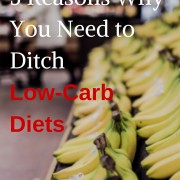


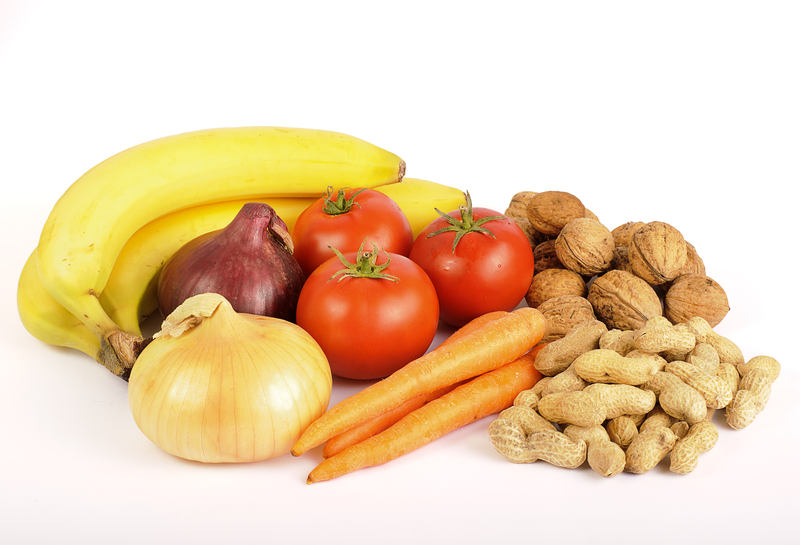

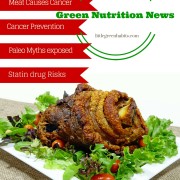
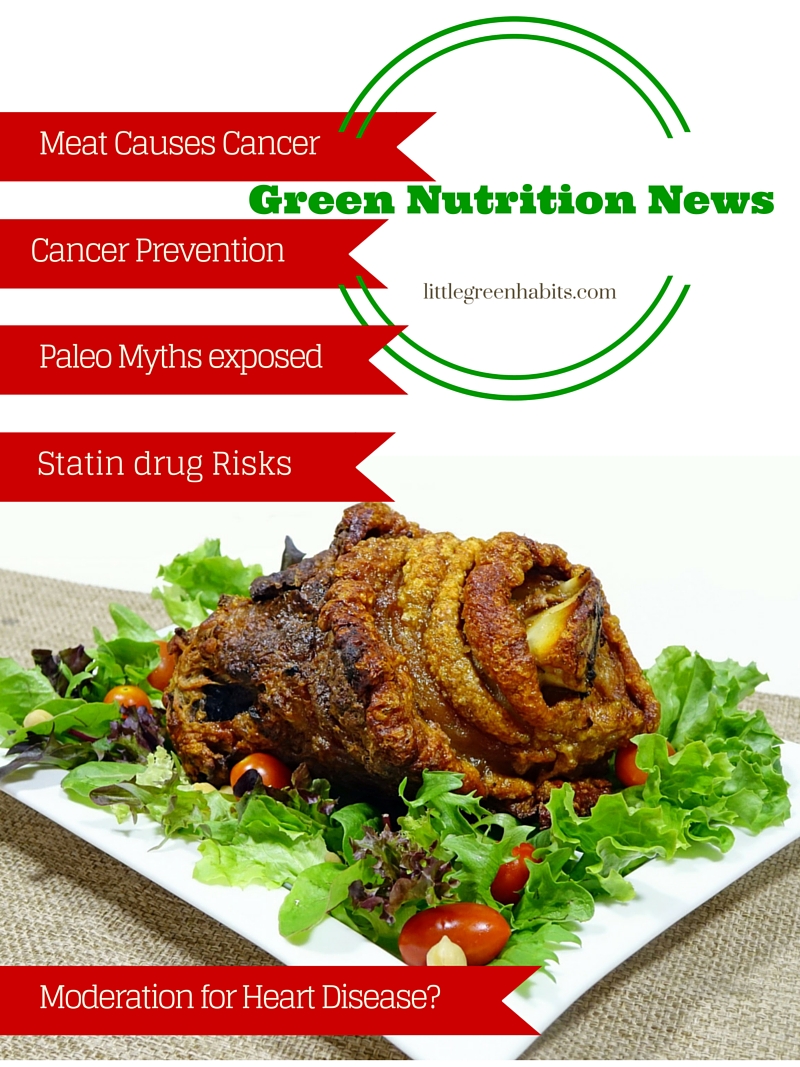



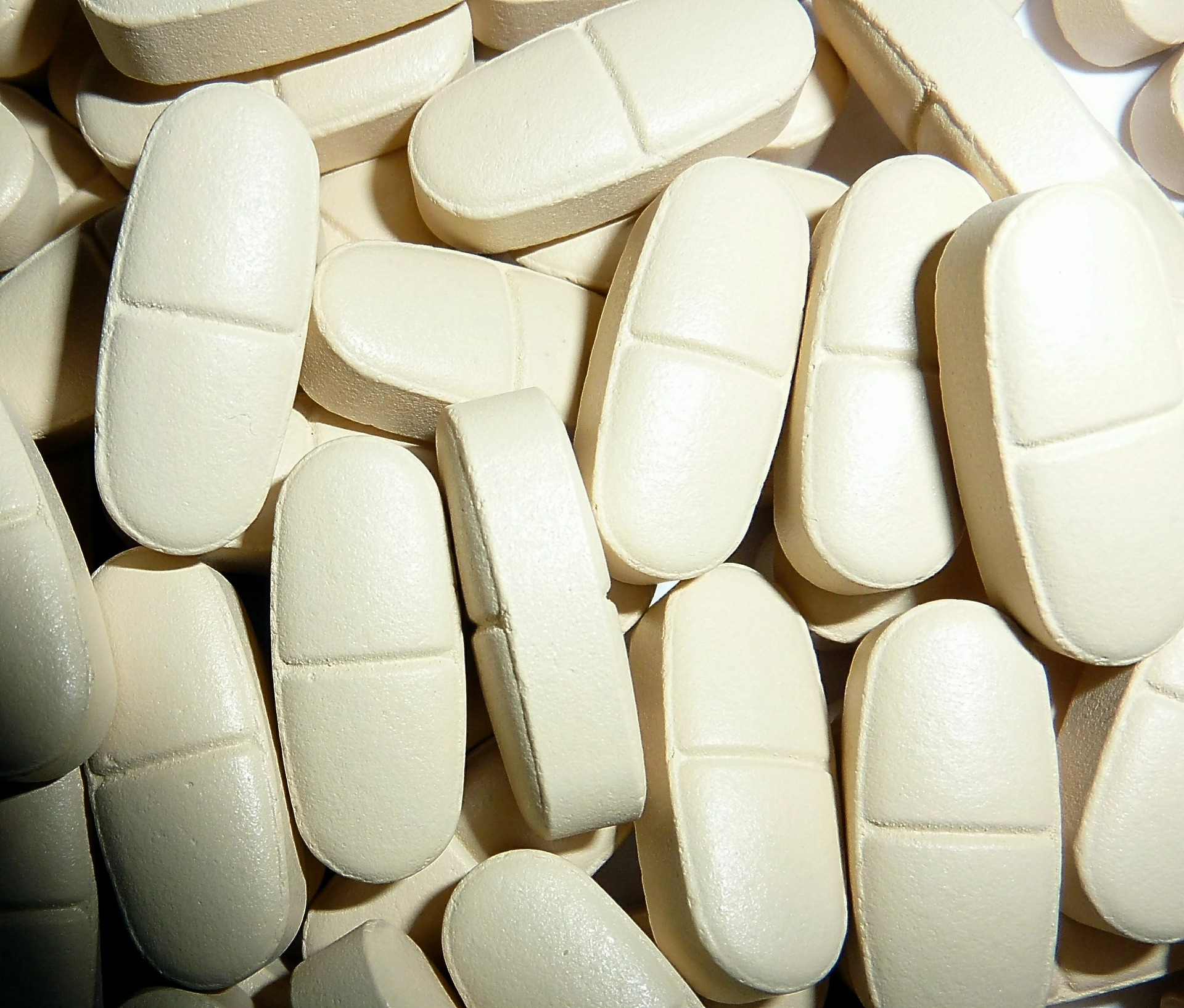

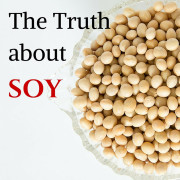
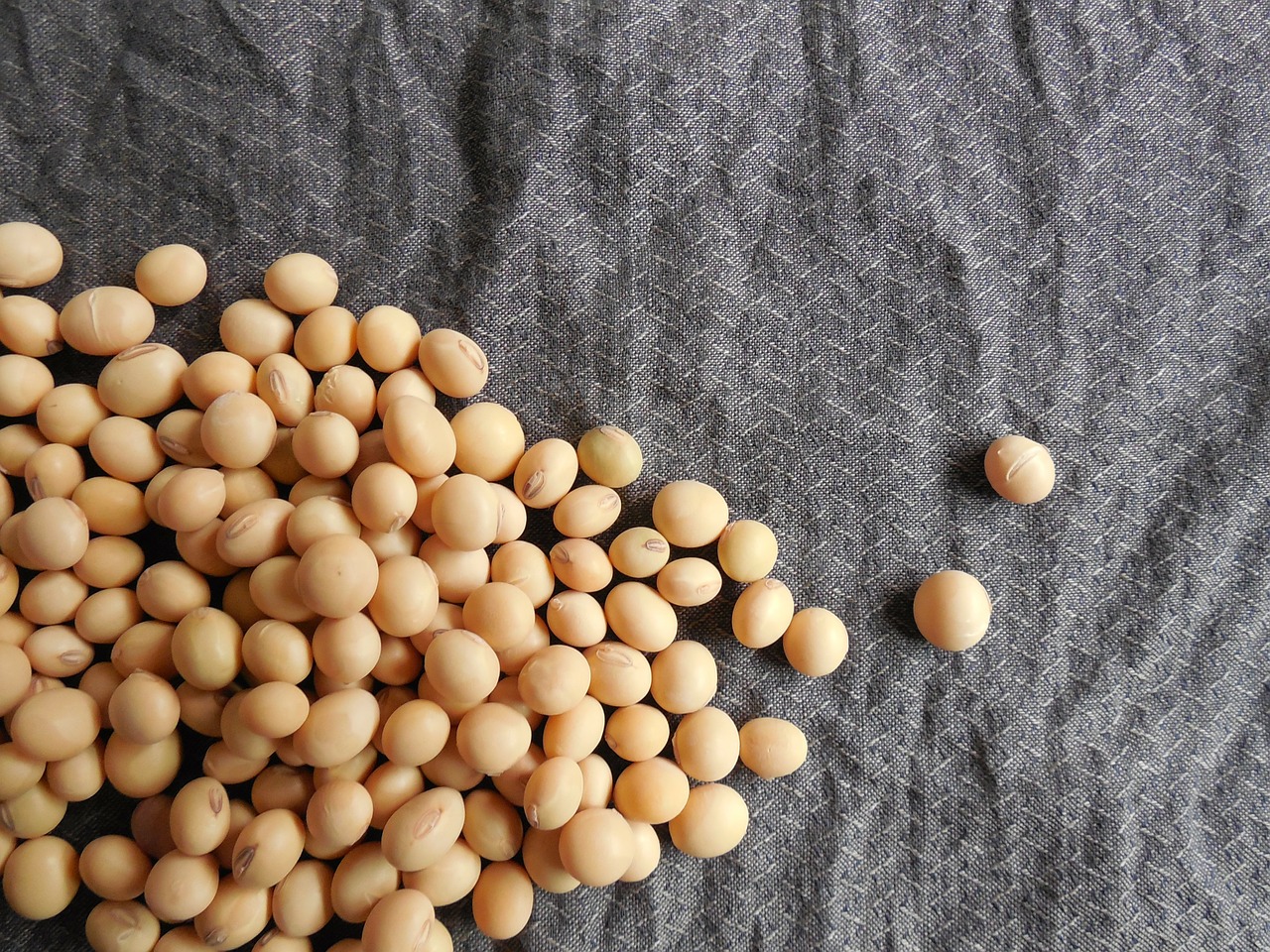 Soy – good or bad?
Soy – good or bad?